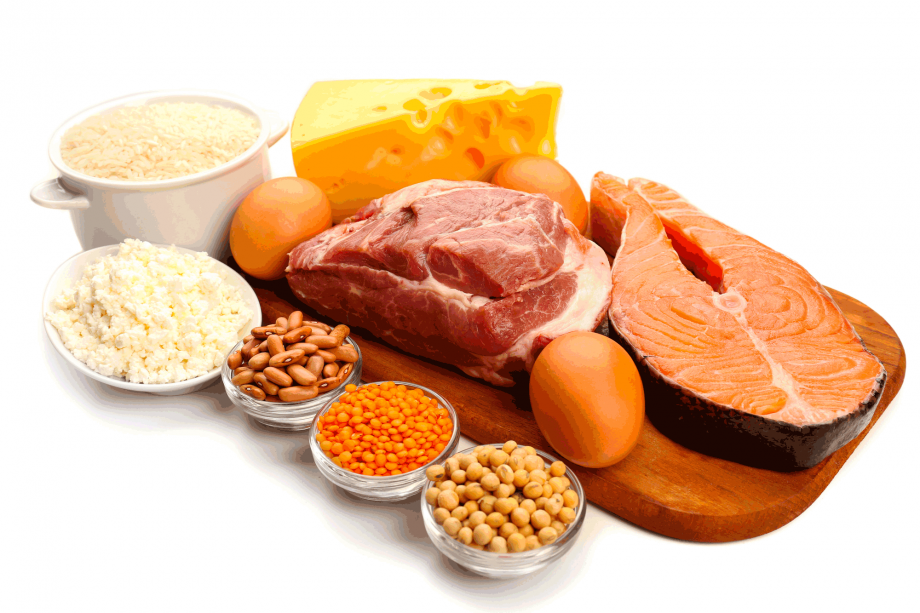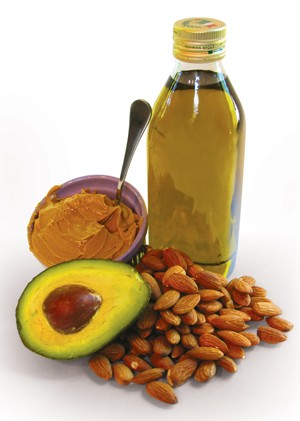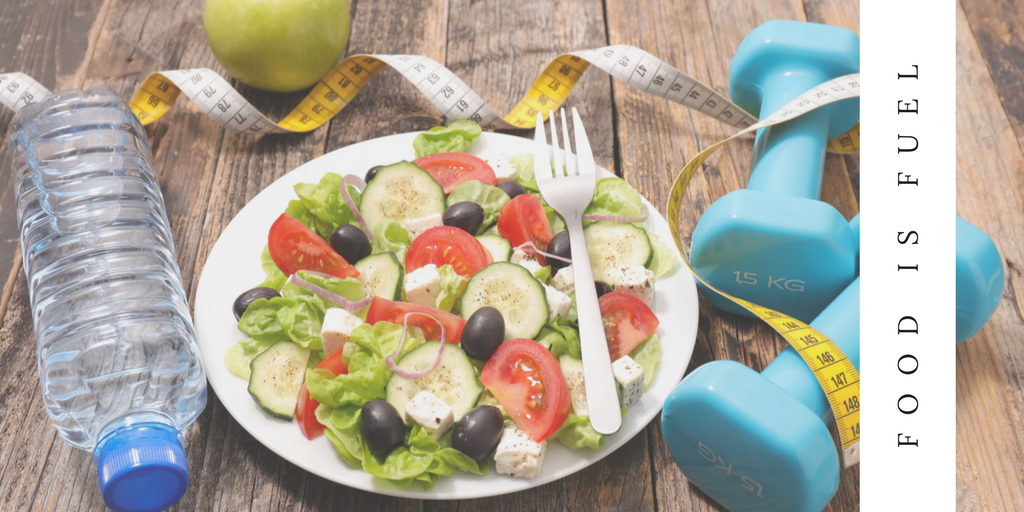IIFYM stop worrying about it and just eat it

Are you interested in losing, or one better, releasing weight
?
Do you want to work out better and for a longer period of time?
If your answer to either one of these two questions is yes, you have arrived at the perfect article. In the paragraphs below, you will be able to discover a lot of useful facts on the IIFYM diet plan. This is actually an abbreviation – “ if it fits your macros ” – and it has flexible dieting as a focal point. It is so much more than a diet, requiring that you monitor your intake of individual macronutrients and pay attention to nutritional principles.

When we say macronutrients, we refer to the three major groups of nutrients, meaning proteins, carbohydrates, and fats. The main idea behind this dietary approach is that you set up a daily macro goal; all you have to do is adjust your macronutrient intake so that you meet the set goal. The good news is that you do not have to count calories or give up certain food groups altogether.
The IIFYM diet plan offers the advantage of flexible dieting and, if you follow its basic principles, you will be able to enjoy a consistent intake of calories. This diet plan will help you discover healthy eating – by choosing only quality food sources, you will be able to work out more efficiently and develop lean muscle mass. Moreover, as you will learn to adjust your macronutrient intake, you will experience a prolonged satiety sensation. You will finally be able to set some distance between you and unhealthy eating habits; thus, you will no longer suffer from blood sugar fluctuations and the associated lack of energy.
Once you find the balance between your protein, carb and fat intake, you will definitely notice the difference. Plus, if you adjust your daily intake, you are allowed to enjoy a treat from time to time.

[box type="info" align="" class="" width=""]
IIFYM stands for If It Fits Your Macros*. “Macros” is short for macronutrients, which in this context refers to protein, fat, and carbs. And even though calories are not a macronutrient (rather, it’s your macros that provide your calories), calorie intake is included in this as well. (Details here: How To Calculate Your Macros ) *reference aWorkoutRoutine.com
[/box]
The three major macronutrient groups, as it was already mentioned, are proteins, carbohydrates, and fats. The IIFYM diet plan allows you to consume a wide range of foods, as long as you meet your goals and maintain a proper balance between individual macronutrients.
As you will be able to see on your own, this dietary approach is based on two principles – moderation and flexibility. You begin by setting a daily target and prepare your meals so that you meet your goals. The most important thing is that you take your macronutrients from top quality sources, paying attention to how you plan your meals.
Protein sources: soy, nuts, legumes, beans, fish, beef, turkey, pork, chicken, cheese, milk, yogurt and eggs (both egg whites and yolks).
Proteins provide our bodies with essential amino acids, which contribute to lean muscle development. They also facilitate a more efficient post-workout recovery and guarantee the needed satiety sensation. You need an adequate intake of protein, no matter if you want to lose or gain weight.

Carbs sources: fruits, vegetables, potatoes, tortillas, bread, cereals, pasta, rice, quinoa, and oatmeal.
The human body relies on carbohydrates as a primary source of energy. Both the brain and the muscles use carbs as fuel; however, this does not mean that all carbs are beneficial.
There are two main types of carbs, meaning complex and simple. The ones belonging to the first category are slowly digested, being rich in fiber, vitamins, and minerals. You can recognize the foods rich in complex carbs by their darker colors; these should always be preferred instead of the simple carbs, as they guarantee a steady release of energy. Foods rich in complex carbs: whole-wheat bread, brown rice, oats and starchy vegetables.
Simple carbs are the ones that provide an immediate boost of energy, as they are digested quickly. However, they often lead to blood sugar spikes and the subsequent crash. These have a lighter color and reduced fiber content. Bread, white rice, and cookies are just some of the foods rich in simple carbs.
For a long time, it was said that all fats are bad for the human body, as they have a negative impact on cardiovascular health. Today, it is known that fats are essential nutrients – they facilitate the absorption of vitamins and promote a healthy hormonal balance.
There are three categories of fats, meaning unsaturated, saturated and trans fats. Unsaturated fats are the healthiest, especially when it comes to cardiovascular health, recovery and brain functioning. Saturated fats are necessary for the above-mentioned hormonal balance. Trans fats are not healthy, increasing the risk for cardiovascular and metabolic problems.
Recommended fat sources: avocados, oils, egg yolks, nuts, and seeds.

These are the main differences (and advantages) that the IIFYM diet plan has to offer:


The IIFYM diet plan is flexible, allowing you to pursue your daily goals without feeling stressed, guilty or tempted to quit. As you have seen, it is based on solid nutritional principles and it requires that you pay increased attention to the daily intake of macronutrients.
[divider style="dashed" top="20" bottom="20"]
Amanda Roberts is one of the authors behind Nutrition Inspector. She writes about health, nutrition and fitness articles to help people live a healthier lifestyle. Follow her on Facebook at Nutrition Inspector.
[divider style="dashed" top="20" bottom="20"]
If your answer to either one of these two questions is yes, you have arrived at the perfect article. In the paragraphs below, you will be able to discover a lot of useful facts on the IIFYM diet plan. This is actually an abbreviation – “ if it fits your macros ” – and it has flexible dieting as a focal point. It is so much more than a diet, requiring that you monitor your intake of individual macronutrients and pay attention to nutritional principles.

The basics of the IIFYM diet plan
When we say macronutrients, we refer to the three major groups of nutrients, meaning proteins, carbohydrates, and fats. The main idea behind this dietary approach is that you set up a daily macro goal; all you have to do is adjust your macronutrient intake so that you meet the set goal. The good news is that you do not have to count calories or give up certain food groups altogether.
The IIFYM diet plan offers the advantage of flexible dieting and, if you follow its basic principles, you will be able to enjoy a consistent intake of calories. This diet plan will help you discover healthy eating – by choosing only quality food sources, you will be able to work out more efficiently and develop lean muscle mass. Moreover, as you will learn to adjust your macronutrient intake, you will experience a prolonged satiety sensation. You will finally be able to set some distance between you and unhealthy eating habits; thus, you will no longer suffer from blood sugar fluctuations and the associated lack of energy.
Once you find the balance between your protein, carb and fat intake, you will definitely notice the difference. Plus, if you adjust your daily intake, you are allowed to enjoy a treat from time to time.

[box type="info" align="" class="" width=""]
What Is IIFYM?
IIFYM stands for If It Fits Your Macros*. “Macros” is short for macronutrients, which in this context refers to protein, fat, and carbs. And even though calories are not a macronutrient (rather, it’s your macros that provide your calories), calorie intake is included in this as well. (Details here: How To Calculate Your Macros ) *reference aWorkoutRoutine.com
[/box]
Macronutrients at a glance
The three major macronutrient groups, as it was already mentioned, are proteins, carbohydrates, and fats. The IIFYM diet plan allows you to consume a wide range of foods, as long as you meet your goals and maintain a proper balance between individual macronutrients.
As you will be able to see on your own, this dietary approach is based on two principles – moderation and flexibility. You begin by setting a daily target and prepare your meals so that you meet your goals. The most important thing is that you take your macronutrients from top quality sources, paying attention to how you plan your meals.
Proteins
Protein sources: soy, nuts, legumes, beans, fish, beef, turkey, pork, chicken, cheese, milk, yogurt and eggs (both egg whites and yolks).
Proteins provide our bodies with essential amino acids, which contribute to lean muscle development. They also facilitate a more efficient post-workout recovery and guarantee the needed satiety sensation. You need an adequate intake of protein, no matter if you want to lose or gain weight.

Carbohydrates
Carbs sources: fruits, vegetables, potatoes, tortillas, bread, cereals, pasta, rice, quinoa, and oatmeal.
The human body relies on carbohydrates as a primary source of energy. Both the brain and the muscles use carbs as fuel; however, this does not mean that all carbs are beneficial.
There are two main types of carbs, meaning complex and simple. The ones belonging to the first category are slowly digested, being rich in fiber, vitamins, and minerals. You can recognize the foods rich in complex carbs by their darker colors; these should always be preferred instead of the simple carbs, as they guarantee a steady release of energy. Foods rich in complex carbs: whole-wheat bread, brown rice, oats and starchy vegetables.
Simple carbs are the ones that provide an immediate boost of energy, as they are digested quickly. However, they often lead to blood sugar spikes and the subsequent crash. These have a lighter color and reduced fiber content. Bread, white rice, and cookies are just some of the foods rich in simple carbs.
Fats
For a long time, it was said that all fats are bad for the human body, as they have a negative impact on cardiovascular health. Today, it is known that fats are essential nutrients – they facilitate the absorption of vitamins and promote a healthy hormonal balance.
There are three categories of fats, meaning unsaturated, saturated and trans fats. Unsaturated fats are the healthiest, especially when it comes to cardiovascular health, recovery and brain functioning. Saturated fats are necessary for the above-mentioned hormonal balance. Trans fats are not healthy, increasing the risk for cardiovascular and metabolic problems.
Recommended fat sources: avocados, oils, egg yolks, nuts, and seeds.

How is the IIFYM diet plan different?
These are the main differences (and advantages) that the IIFYM diet plan has to offer:
- No need to count calories
- You do not have to completely eliminate certain foods
- There is no approved food list to worry about
- Based on moderation, flexibility and portion control
- Allows you to maintain the desired athletic performance & feel energized
- No forbidden foods
- Possible to indulge (adjusted intake)
- Less stress and no feelings of guilt
- Not restrictive.

Possible pitfalls of the IIFYM diet plan
These are the possible pitfalls associated with the IIFYM diet plan:
- Not paying attention to your micronutrient intake – you need to supervise this as well, as the body needs both vitamins and minerals to function; for this reason, it is recommended to include more nutrient-dense foods in your diet (fruits, vegetables, and whole grains).
- Low-quality protein sources – essential amino acids should be taken only from high-quality protein sources. In this way, you will support both muscle growth and recovery.
- Simple over complex carbs – this was already discussed above, always pay attention to the type of carbs you consume.
- No healthy fats – you need such fats to maintain an excellent state of health (heart, metabolism, cholesterol etc.). These fats are also necessary to maintain a lean body.
Steps to follow
- The first thing that you want to do is set a daily calorie goal, adjusting it accordingly to your interests (losing/gaining weight, training etc.). You can also use an online calculator, in order to get an estimate of your daily calorie needs.
- Once you have set your daily goal, you need to decide on the macronutrient percentages. This refers to the actual percentage of calories derived from each macronutrient group. The typical split is 40% carbs, 40% proteins, and 20% fats. If you are looking to increase your athletic performance, a better choice is 50% carbs, 30% proteins, and 20% fats. Last, but not least, for weight loss, this is a suitable split: 30% carbs, 40% proteins, and 30% fats.
- After you have decided on the macronutrient split, it is time to convert the percentages into calories and grams. Take your goal and split the percentages accordingly – in this way, you will find how many carbs, proteins and fats you should consume on a daily basis. You can now plan your meals and proceed with the IIFYM diet plan.

Final thoughts about the IIFYM
The IIFYM diet plan is flexible, allowing you to pursue your daily goals without feeling stressed, guilty or tempted to quit. As you have seen, it is based on solid nutritional principles and it requires that you pay increased attention to the daily intake of macronutrients.
[divider style="dashed" top="20" bottom="20"]
Author Bio:
Amanda Roberts is one of the authors behind Nutrition Inspector. She writes about health, nutrition and fitness articles to help people live a healthier lifestyle. Follow her on Facebook at Nutrition Inspector.
[divider style="dashed" top="20" bottom="20"]




































































































